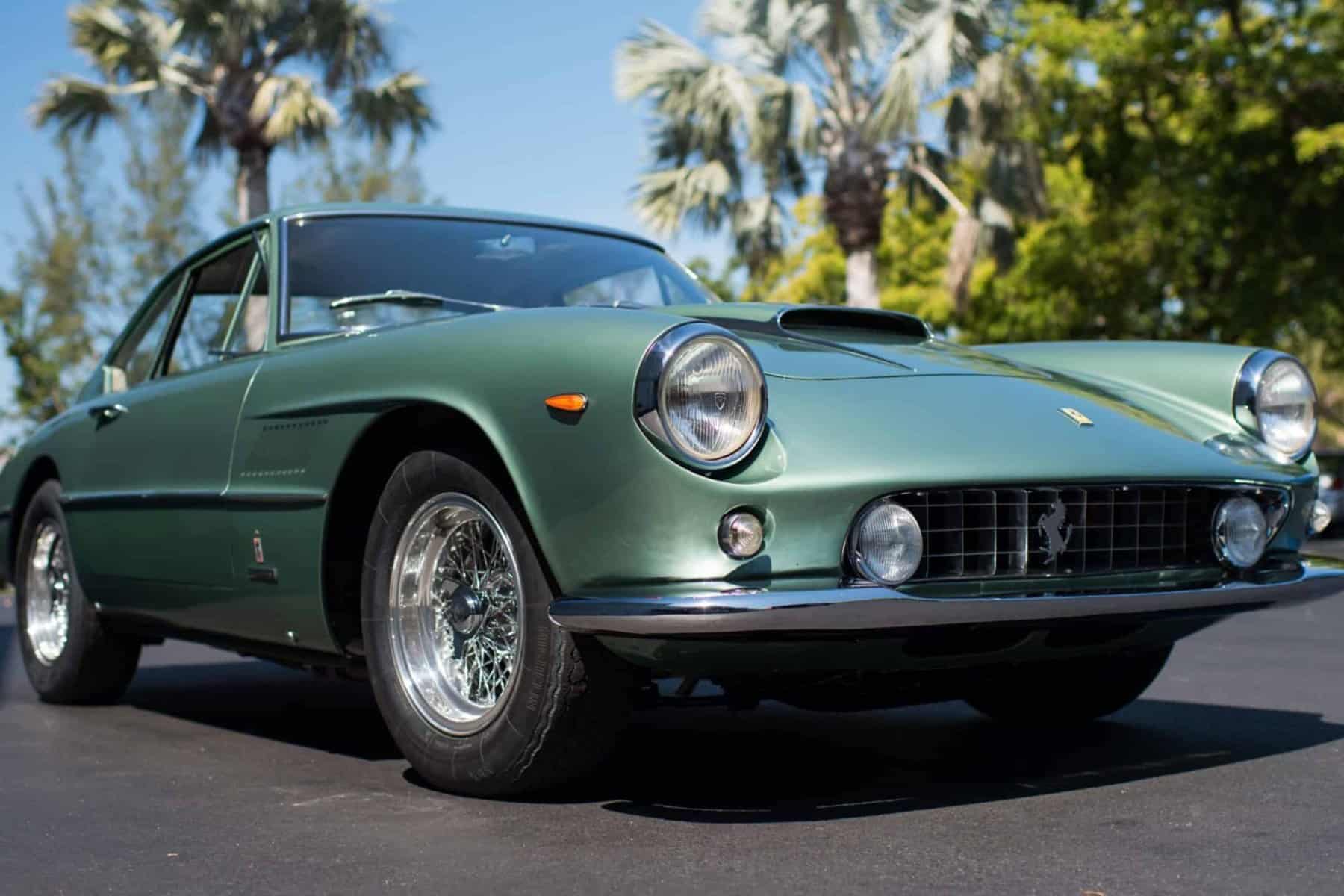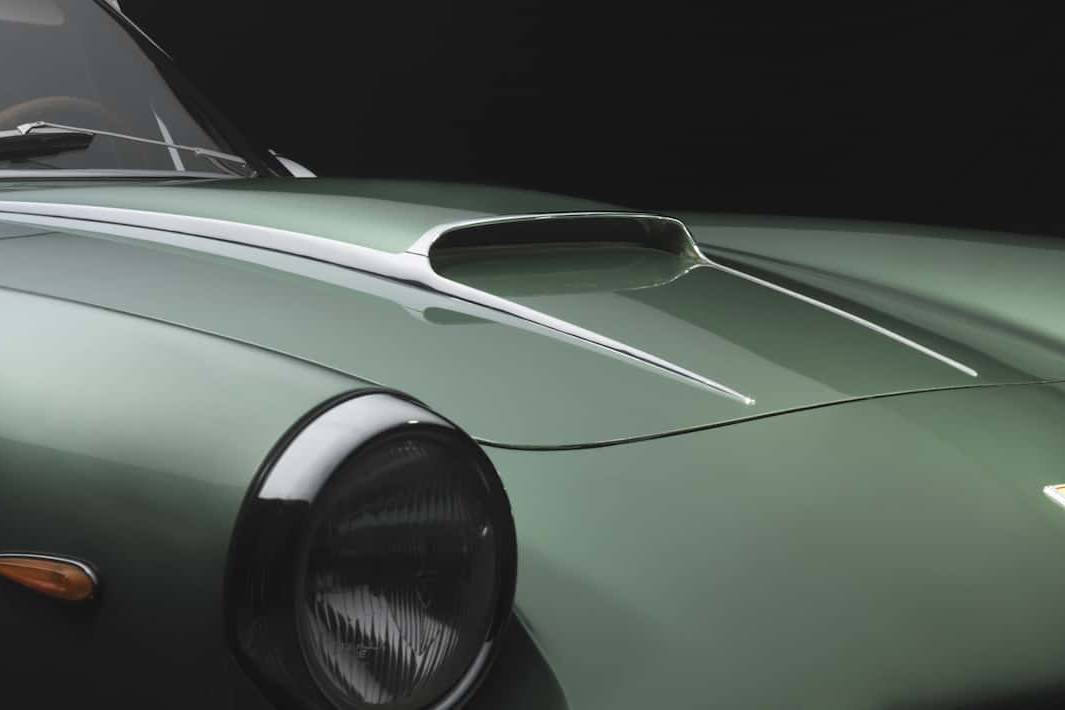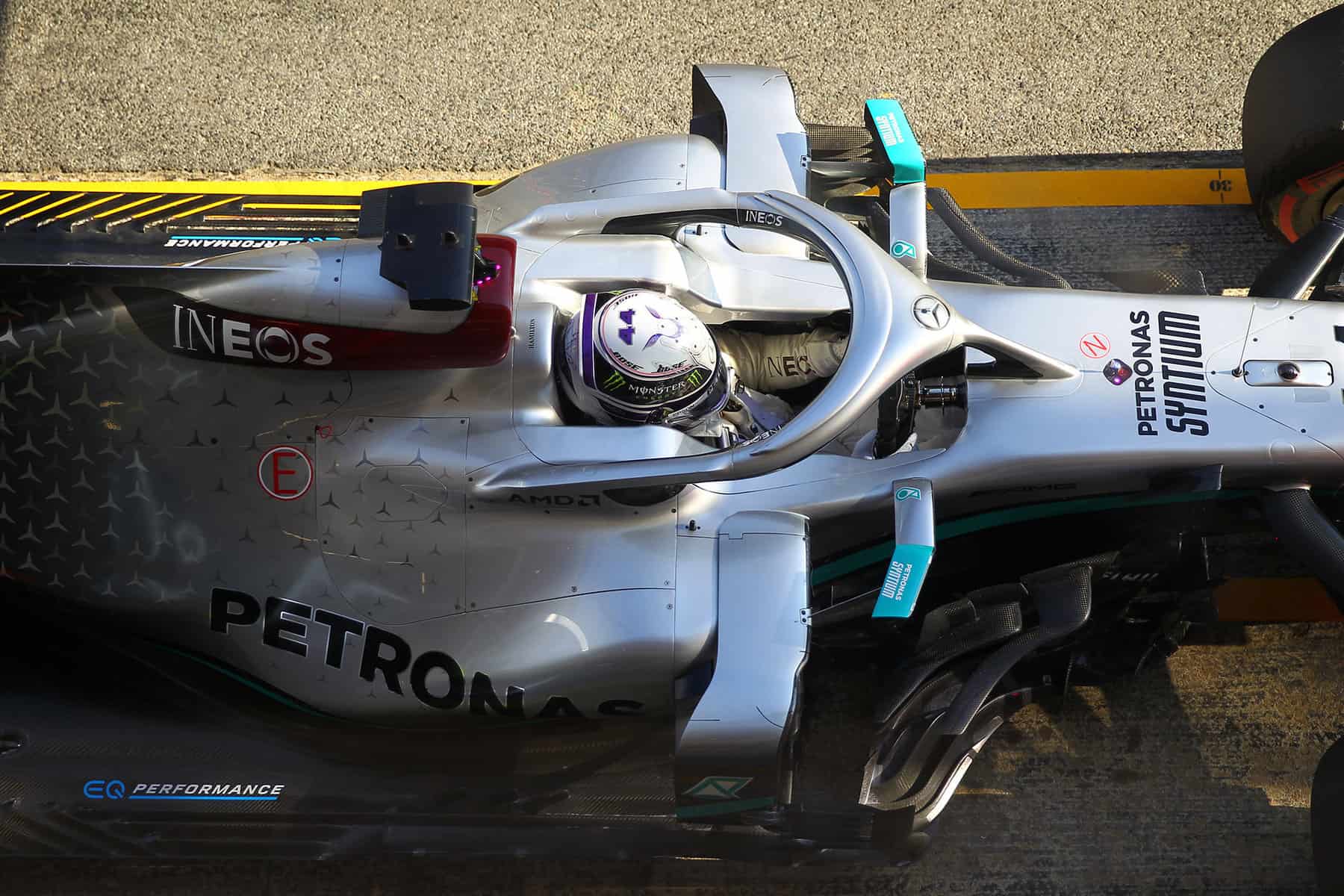
Formula 1 Goes To War
Race car makers join fight against virus
BY: PETER STEVENS
These are strange times we are living through, a global health crisis with a virus about which we know there are things that we know we don’t know. It is as unexpected as it is distressing. Many of us feel helpless to contribute something constructive, but there are others who feel compelled to harness their skills for the common good.
A story that proves how harnessing in-house skills can make a difference is the rapid development of a hospital ventilator by Mercedes Formula 1 engine division — High Performance Powertrains (HPP) — and University College London, UCL. It seems the problem with just putting out a current design to many manufactures is that both IP and Patent issues would have proved a nightmare, despite the urgency of the situation. Therefore HPP and UCL looked at a few products that were “off-patent” and chose what looked like the best “base-line” product. The first planning meeting was held on the 18th of March 2020 at the UCL campus in London where it was decided to start by reverse engineering a Continuous Positive Airway Pressure (CPAP) machine. The good thing about this technology is that it does not require the extremely invasive insertion of a large diameter tube into the lungs, a procedure that almost always needs the patient to be sedated or rendered unconscious. The first device was produced within 100 hours; it then received approval from the Medicines and Healthcare Products Regulatory Agency within ten days. One hundred devices have now been tested at London’s University College Hospital in real life, clinical trials. With the enthusiastic help of six other UK-based F1 teams, who are part of a consortium called Ventilator Challenge UK, planned production has now started, with Mercedes alone producing more than 1,000 CPAP devices each day. They began production exactly when they planned to start.
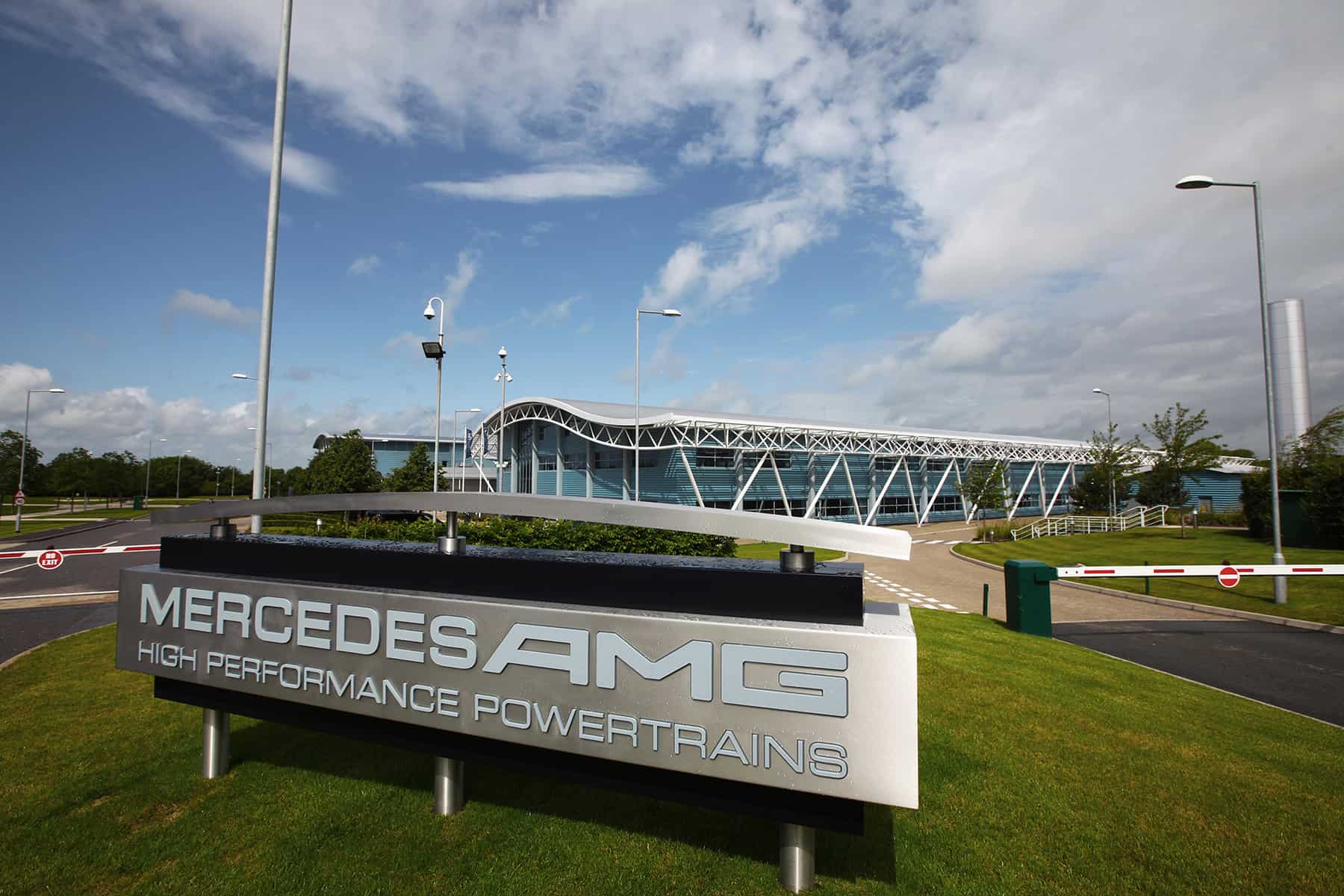
Therefore HPP and UCL looked at a few products that were “off-patent” and chose what looked like the best “base-line” product. The first planning meeting was held on the 18th of March 2020 at the UCL campus in London where it was decided to start by reverse engineering a Continuous Positive Airway Pressure (CPAP) machine. The good thing about this technology is that it does not require the extremely invasive insertion of a large diameter tube into the lungs, a procedure that almost always needs the patient to be sedated or rendered unconscious. The first device was produced within 100 hours; it then received approval from the Medicines and Healthcare Products Regulatory Agency within ten days. One hundred devices have now been tested at London’s University College Hospital in real life, clinical trials. With the enthusiastic help of six other UK-based F1 teams, who are part of a consortium called Ventilator Challenge UK, planned production has now started, with Mercedes alone producing more than 1,000 CPAP devices each day. They began production exactly when they planned to start.
Andy Cowell, Mercedes Formula 1 engine chief, said that by using the latest Computational Fluid Dynamics (CFD) airflow technologies, and their experience in engine air flow, while working with UCL’s Mechanical Engineering Department, the team improved the efficiency of the technology by more than 50 per cent. Professor Tim Baker of UCL says that what could have, in the past, taken years was reduced to a “matter of days” to produce a product that is suitable for mass production. The UK Government has placed an initial order for 10,000 ventilators, but unfortunately at no time have they thought to credit either Mercedes or UCL.
There are historical parallels, to a degree, with what happened during World War II when President Franklin Roosevelt said the Government must “harness the efficient machinery of America’s manufacturers,” as did the UK’s Prime Minister, Winston Churchill. But Dutch Kindelberger, President of North American Aviation, rightly observed: “You can’t expect a blacksmith to make a watch overnight.”
The American plan was to give production tasks to companies with the experience and core skills to suit the required products. Thus, for example, The Baldwin Locomotive Company, American Locomotive Company and Lima Locomotive Works were the first to start producing heavy Sherman tanks. The Packard Motor Car Company in Detroit were approved to build Rolls Royce Merlin aero engines while the Ford Motor Company started aircraft production. At the peak of production an aluminium-skinned B24 (Liberator) heavy bomber came off the production line every hour. That required Buick Motor Division to deliver four Pratt & Whitney 1,200 horsepower R-1830 engines every hour to Ford’s Willow Run factory, the factory itself being a spectacular feat of construction. Chrysler built the lighter armed Sherman M4 75s in collaboration with Fisher’s body plant, emphasizing the “core skills” philosophy.
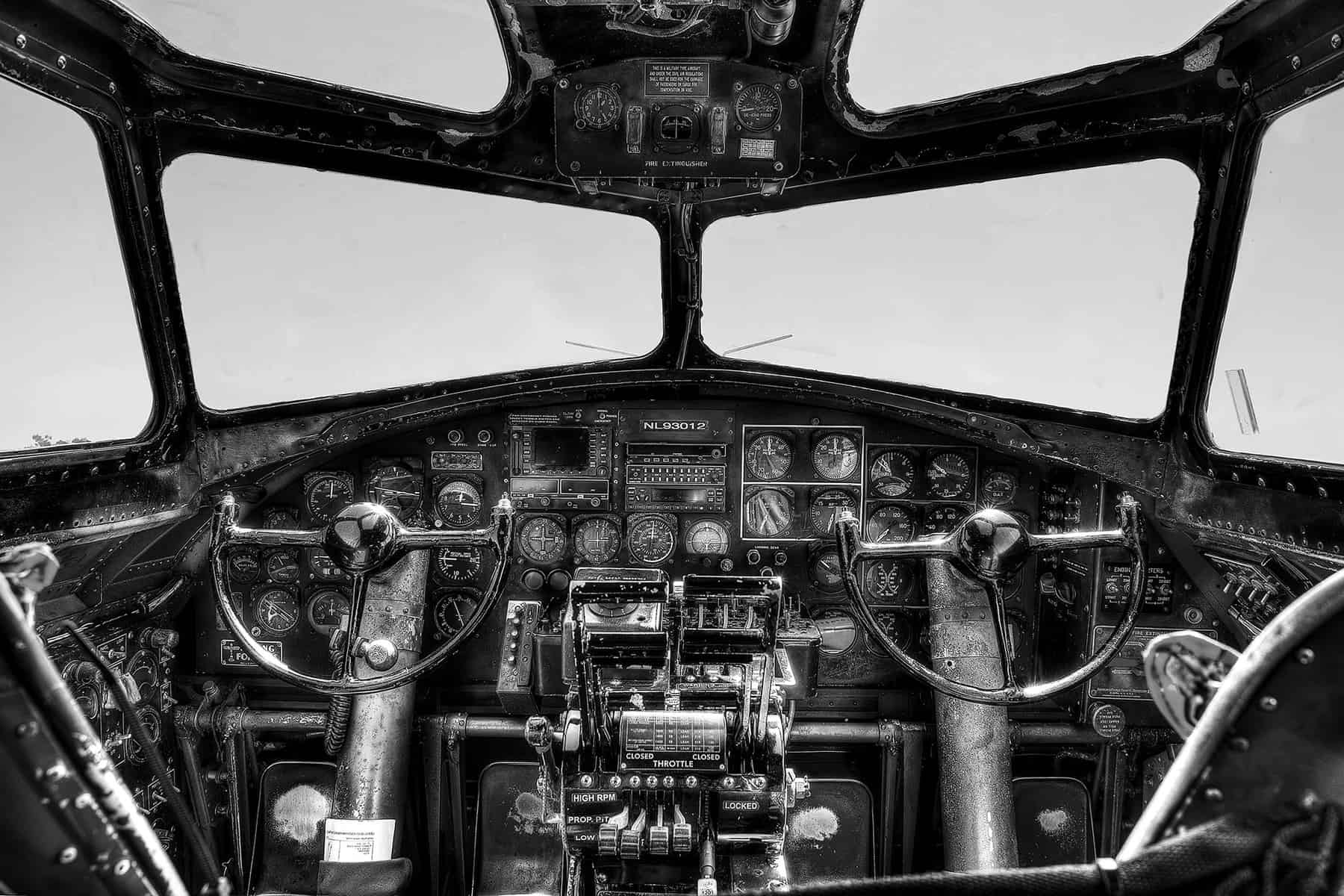
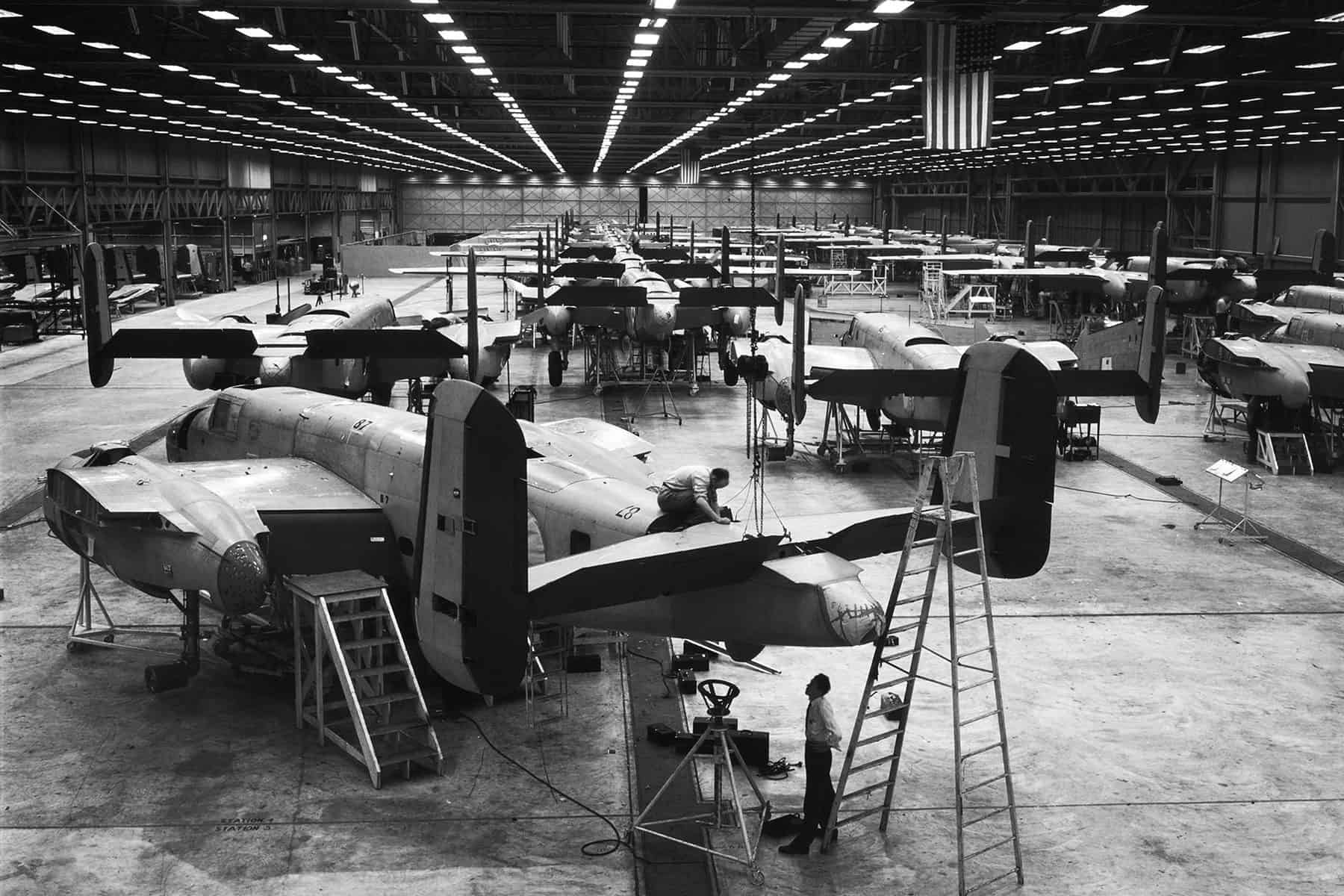
Jim Glickenhaus has expressed frustration at the hold-ups in the productionizing of his respirator face mask concept which utilizes an “already in production” full face swimming mask. From his Scuderia Cameron Glickenhaus race and supercar company he has explained that the CPAP filters are already in stock at most hospitals, it is just the matter of being able to put them to use. Full-face snorkel masks, which Wal-Mart has agreed to supply millions of, can be easily modified and fitted with SCG’s adapter and CPAP filter, turning it into a provisionary N95. Glickenhaus has even released a simple video demonstrating the mask’s construction. SCG also plans to publish the engineering behind the adapter, making it open-source for anyone to access.
It is a simple fact that the US Food and Drug Administration (FDA) will have to approve any new set-ups—the agency oversees not just products, but the facilities in which they’re made, including the sterile environments need for producing “in contact with the patient” products. But this kind of unconventional, high-speed ramp up brings with it questions about quality control. “Any time you start rushing to get something out, you’re bound to have problems,” says Alan Schwartz, the executive vice president of MDI Consultants, a former FDA official who has advised device makers since the 1970s. “Making medical equipment requires tracking every part and product, collecting vast amounts of data, and documenting numerous details so that any problems can be sniffed out and squashed, stat.” The necessary quality control, Schwartz says, is “an enormous task.” In this context, Mercedes have been very astute because they produce components, not complete products.
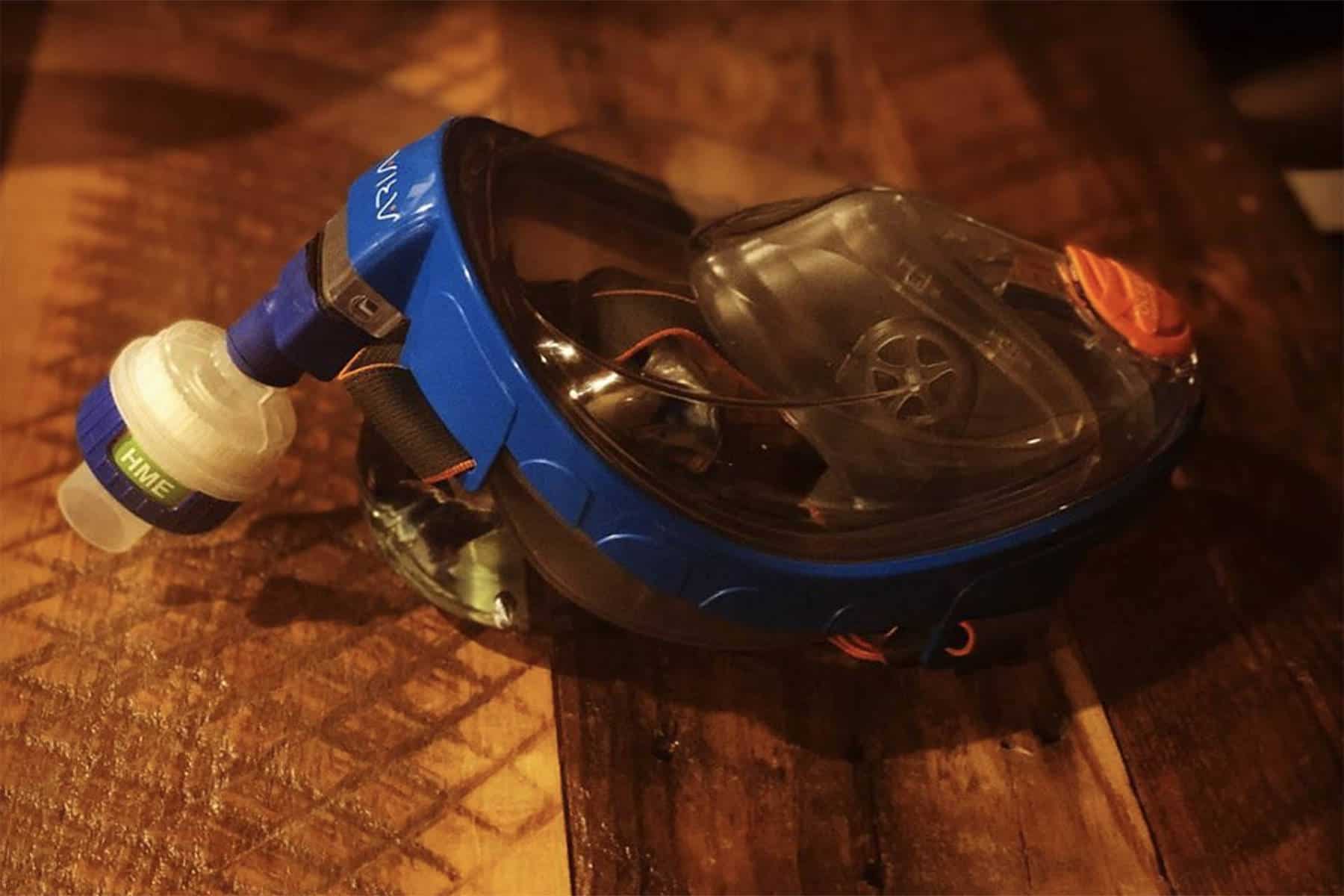
In the UK, two companies, Dyson and JCB, have claimed to be on the verge of producing ventilators. Both companies have received orders from the UK Government for 10,000 units, both are generous donators to, and therefore favorites of the governing party. But, as many highly experienced engineers have observed, a manufacturer of earth movers may not have the required core skills immediately to hand, to start production of ventilators in just two weeks.
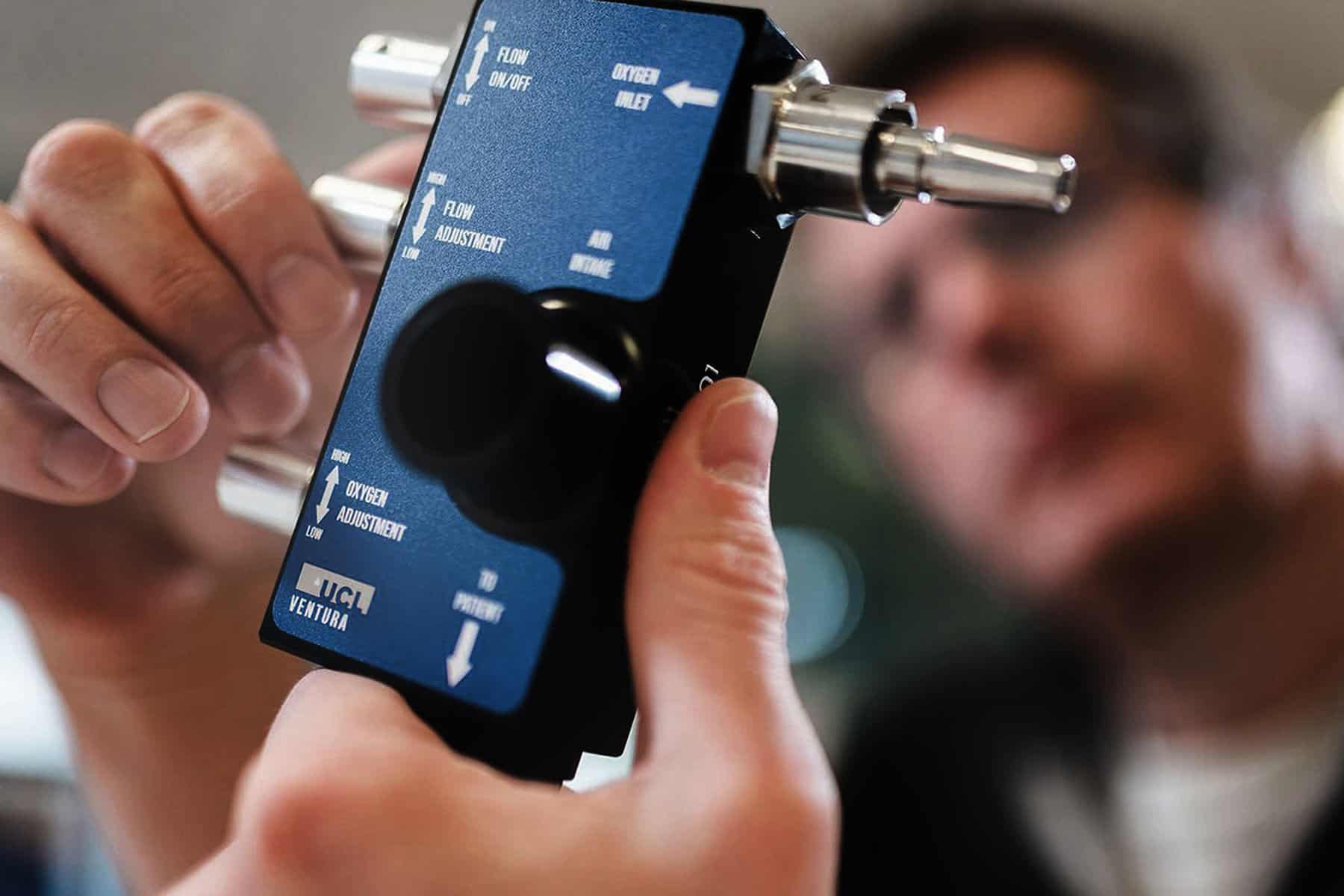
It seems to me that what we lack in our competition-driven industrial society is a culture of working hand-in-hand with others in highly competitive, 21st Century industries, rather than against each other. There is no central pool of “knowledge and process” which can be a collecting point for all those who have a burning desire to help. An online forum in the highly regarded journal The Engineer is almost overwhelmed by offers of experienced help from either retired or furloughed engineers who can’t find any other place to hold their hand up, while offering to help.
That we, as countries, have to shop for components from around the world to build our machines when there is more than enough talent at home has highlighted one of the disadvantages of the globalization of product production. It is what I call the desire for a $10 alarm clock rather than paying $15 for one made in our own country.
TOP Photo: Lewis Hamilton, Mercedes AMG Petronas F1 Team. Photo: Getty


